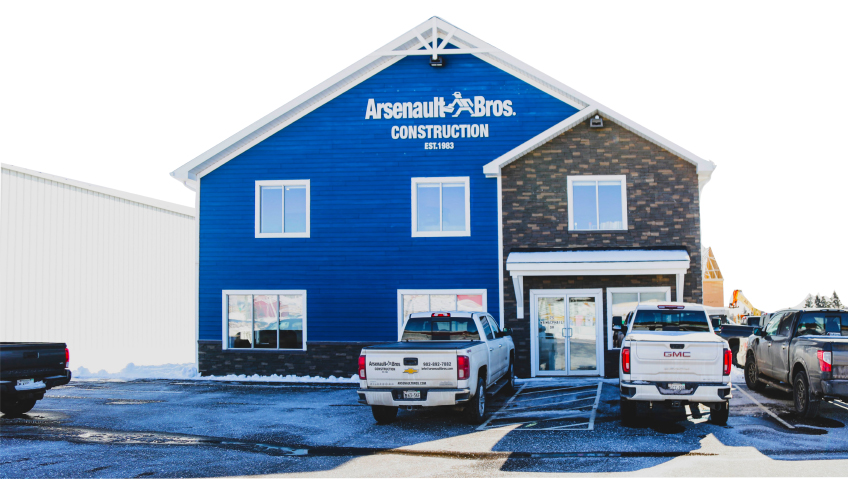The pandemic has changed many things, but perhaps one of the most unexpected outcomes of COVID has been “The Great Resignation” wherein people took a hard look at their working lives and made changes.
The aftermath has been a war for talent that has heated up to the point where we are now seeing it across all sectors. And the new norm for employees is to comparison shop for employers that can offer more compensation and more of the benefits that match their needs.
There’s a lot to think about if you’re in business these days.
Companies, in response, have thrown pretty much anything that could potentially stick at the wall, offering mental health days, fertility support, and even Peloton Bikes as incentives to lure new employees and retain current ones.
But there is one form of compensation benefit that has been around for a while and has proven to provide positive perks for both employers and employees—ESOPs. ESOP stands for Employee Stock Ownership Plan and, as the name implies, these programs give employees the opportunity to gain partial ownership of the company in the form of shares of stock.
These programs are usually presented as part of the overall compensation package for employees with shares in the company vesting over time. Vesting is the legal term for the right to a present or future payment or benefit, which means that employees may have to wait for a while before they can access the shares.
What are the challenges and opportunities of giving employees a piece of the pie?
Well, ESOPs work the following way: A particular company borrows money or company shares to set up a trust fund on behalf of employees. Through this trust fund, employees can gain shares, and the number of shares increases over the time that they are working for the company.
What happens when the time comes to cash out of the plan? Normally these shares are meant to be sold at the time of the employee’s retirement or termination from the company. But, while this is a general overview of the way ESOPs operate, rules around the vesting period and withdrawals can depend on the individual plan.
So there are a lot of reasons why ESOPs are a popular option for large publicly traded companies (the more shares sold, the better)—but there are also a lot of benefits that small private companies can gain from these programs. One of the biggest and lasting advantages of ESOP is that it gives employees “skin in the game.”
When they join the plan and start to earn shares in the company, there is a direct link between the success of the company and their personal wealth. That can be a very powerful motivator for employees, involving them in the growth and future of the business.
These kinds of plans are often part of a package for big corporations, especially in the financial sector, but the benefits of these plans can also be a nice fit for companies in architecture and construction, including smaller firms.
A recent Forbes article, Why Construction Companies Are Leading The ‘Decade of ESOPs’ Trend, notes that family or partner-owned construction and engineering companies are at the forefront. According to Forbes, “Roughly 20 percent of Engineering News-Record’s top 100 contractors and 100 design firms for 2021 use an ESOP as part of their capital structure and employee benefits package.” That’s a significant chunk of the top firms in construction.
And while most architectural firms are owned by a single person or a small group of partners, some are owned by employees. For example, Goody Clancy, a Boston firm launched an ESOP at the beginning of the ’90s after the original owners retired from the company.
Goody Clancy is governed by a group of principals who each may own up to 10 percent of the shares (the maximum allowed by federal law). And like construction companies, ESOP can help keep experienced employees at a firm by tying their progress to the company’s success for the long stretch.
Geoffrey Wooding, a Goody Clancy principal, told the journal Architect that the board makes all company decisions together. “We govern by consensus, kind of like running Switzerland,” he says. “There is no titular head. We’ve done it this way for a number of years, and it works for us.”
The National Center of Employee Ownership reports that in 2019, the most recent year for available data, 239 new ESOPs were created, covering 46,537 participants. In total, there are about 6,482 ESOPs in the U.S., holding total assets of more than $1.6 trillion, and that number is growing.
While these programs clearly have a lot of potential benefits for employees, they can be a winner for employers as well. In the U.S., the tax advantage for ESOPs can be significant. This is because the value of the company is actually transferred to employees, which means there is no immediate tax impact, and amounts that are accrued through the program are also tax-deferred.
As an aside on taxes, in Canada, share offers for employees go through stock option rules. This means that employees can buy stocks, including below market value, and not pay tax on the shares until they are sold or otherwise released. This applies to private companies. For those companies that are publicly traded, the benefits from the ESOP are eligible for capital gains taxes.
To further investigate the benefits of these programs, Rutgers University in New Jersey did a study of companies that offer ESOPs and found that these companies laid off fewer employees, cut fewer salaries, and required less federal aid during the pandemic.
A separate study performed by Kaiser Permanente, one of the largest non-profit health plans in the U.S., noted that employees who have equity in a company reported a 33 percent higher median income, a 53 percent longer job tenure, and a 92 percent higher household net worth. Employers saw 8.5 percent higher profit margins while also being three to four times more likely to retain staff.
While there are a lot of positive things that come from ESOPs, there are also some considerations for employers.
For one, these programs can be complicated. They are benefit programs and require organizational structure, governance, and oversight. This means having an outside party involved to review the program and how it’s organized. Also, when employees leave, the company is obligated to buy back their shares.
And because the program effectively turns employees into part owners of the company, they may also have more access to the company’s financial information, which, for reasons of privacy, some employers may not want. Also, for competitive reasons, employers just don’t always embrace full disclosure.
Participants in the program also have the right to vote on certain major business decisions like mergers, consolidation, liquidation, or substantial sales of assets or the business.
There is also the cost of setting up a program, which can climb to $100,000, which may actually outweigh some of the potential tax benefits of the program. There are also costs to keeping the program running. As mentioned before, there’s a cost to managing oversight of the program.
And then, program costs can reduce the cash available for other business-building pursuits like acquisitions and long-term investments.
So there are a lot of things to mull over when offering a benefits package that includes ESOPs. However, if you are part of a small firm that aspires to make ESOPs part of your benefits for employees, and you find the options overly complex, you can call in ESOP advisors to help set up programs and point your way through to making them work for you—and the greater good.
“Inequality in the United States is growing, with the top 10 percent of individuals owning more than 90 percent of all business wealth,” says Diane Ives of the Kendeda Fund, one of the non-profits participating in EmployeeOwnershipEquals, an initiative launched by non-profits to help companies of all sizes establish ESOPs.
But, Ives says, “Expanding employee ownership can combat this problem. According to research, if 30 percent of all businesses were employee-owned, the net wealth of the bottom half of Americans would more than quadruple and median wealth among black households would quadruple too.”






